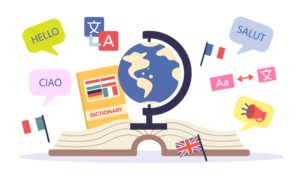Japan maintains a remarkably close and friendly relationship with Brazil, where Portuguese is the official language. Since the beginning of Japanese immigration to Brazil in 1908, a vibrant Nikkei community of over 2 million people has flourished. Brazil now stands as the leading hub for Japanese companies in South America. Likewise, over 200,000 Brazilians—many of them of Japanese descent—currently reside in Japan.
Reflecting this deep connection, translation requests at NAIway often include Portuguese alongside English and Chinese, particularly for corporate brochures, internal documents, and product specifications.
At NAIway, our team of seasoned translators—experts in fields such as business, engineering, real estate, finance, law, and IT—delivers precise and high-quality translations tailored to your industry needs.

European Portuguese and Brazilian Portuguese
While Portuguese spoken in Portugal and Brazil is fundamentally the same language, centuries of evolution in vastly different environments have led to notable distinctions between the two. Over time, each variant has developed its own unique vocabulary, and in some cases, using the wrong term can lead to misunderstandings. Differences also exist in spelling, grammar, and pronunciation.
In an effort to unify the language, a revised orthographic agreement was introduced. However, rather than achieving true standardization, two distinct versions took hold: the Brazilian Portuguese Orthographic Reform and the European Portuguese Orthographic Reform, adopted by Portugal and other Portuguese-speaking countries outside Brazil. As a result, complete unification remains elusive.
When requesting Portuguese translation, please specify whether you require European Portuguese or Brazilian Portuguese. If you're unsure, simply let us know the target region and purpose of use—we'll handle the rest. It’s worth noting that around 80% of Portuguese speakers worldwide are Brazilian, which is why Brazilian Portuguese is the more commonly requested variant.
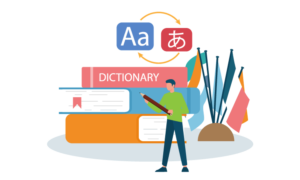
For more details, please feel free to contact us.
Portuguese Translation Rates (Japanese-Portuguese & Portuguese-Japanese)
Below are NAIway’s standard translation rates.
Our regular translation fees cover all of the following services, so you can rely on us with confidence.
Translation
+
Native-Level Quality Check
+
After-Support※
※ As part of our after-support, we handle revisions and inquiries within the post-delivery verification period (typically one week).
(Please note that changes or additions to the original document are not included.)
Japanese to Portuguese Translation

From 22.55 JPY per character
Portuguese to Japanese Translation

From 30.8 JPY per word
- The actual cost will be estimated based on the content and volume of the document. Please send us the document when requesting a quote.
- Minimum Charge Policy. Depending on the character/word count and other conditions, we have a two-tier minimum charge system of 5,500 Japanese Yen or 11,000 Japanese Yen (tax included). This ensures coverage of the essential costs involved in translation coordination and quality assurance.
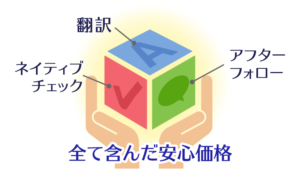
For more details, please feel free to contact us.
NAIway's Quality Assurance System
At NAIway Translation Service, we believe that quality management is our top priority as a professional translation company. To ensure the highest standards, we have developed our own Quality Assurance System (QAS) and implement strict quality control measures.
For high-quality Japanese-Portuguese and Portuguese-Japanese translations, every document undergoes a two-step review process: after the initial translation, a second translator conducts a thorough quality check.
We meticulously review each character and sentence, ensuring logical flow, terminology consistency, and appropriate expressions to deliver a refined translation tailored to your needs.
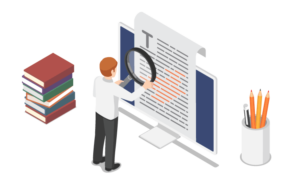
Multilingual Translation Support
At NAIway, we offer multilingual translation services. Along with Portuguese, we provide translations in English, Italian, Russian, Spanish, and more—all in one place.
If you're considering inbound tourism solutions, feel free to contact us for a consultation!
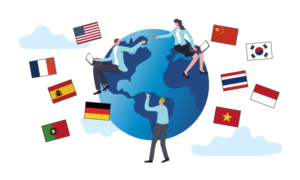
Introduction to Our Portuguese Translators
Here are some of the translators currently working with or registered at NAIway.
For more details, please feel free to contact us.
What is the Portuguese language?
Portuguese is one of the Romance languages, a branch of the Italic family within the Indo-European language group—alongside Spanish and French.
It is the official language of the Republic of Portugal and is also spoken as an official language in former Portuguese colonies, including Brazil, several African nations, and parts of Asia. With approximately 250 million speakers worldwide, Portuguese ranks among the most widely spoken languages. It is also one of the official languages of the European Union.
Portuguese shares a particularly close relationship with Spanish, its neighboring language. They have many similarities in pronunciation, spelling, and vocabulary—often allowing for a surprising degree of mutual understanding between speakers.
Portuguese Script
Portuguese uses the Latin script, consisting of the standard 26-letter alphabet, along with additional diacritical marks such as (´, ^, `, ˜, Ç) to modify pronunciation and meaning.
How to Say “Hello” in Portuguese
Boa tarde/ˈbo.ɐ ˈtaɾ.dʒi/
Primary Regions of Use
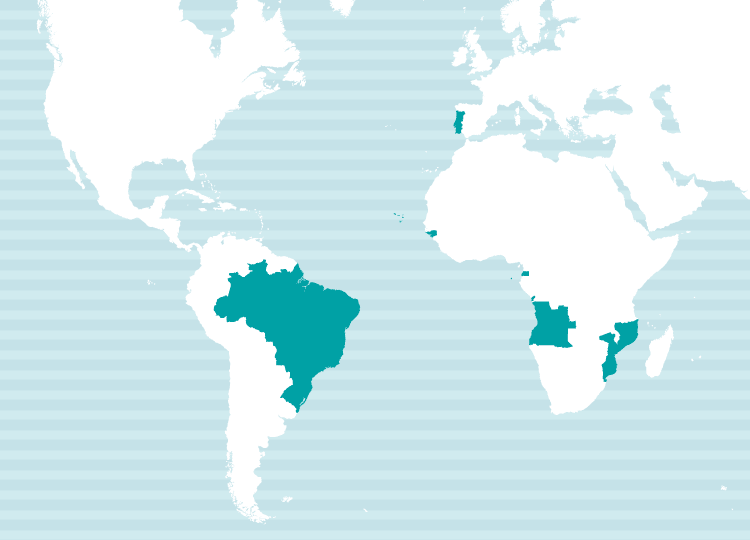
Language Family: Indo-European → Italic → Romance Languages
Regions Spoken: Portugal, Brazil, Angola, Mozambique, Cape Verde, Guinea-Bissau, São Tomé and Príncipe, Equatorial Guinea, Timor-Leste, Macau, and more.
Portuguese Words Adopted into Japanese
Since the arrival of the Portuguese in Tanegashima in the 16th century, their influence in Japan—through Christian missionary work and the Nanban trade—has been profound. A number of Portuguese-origin words became deeply embedded in the Japanese language.
Unlike English and French loanwords, which began appearing in the 19th century and are typically written in katakana, many Portuguese loanwords are expressed using kanji or hiragana. This reflects how naturally and early they were woven into Japanese daily life.
Examples include:
Pan (bread), botan 釦 (button), kappa 合羽 (raincoat), kabocha 南瓜 (pumpkin), konpeitō 金平糖 (sugar candy), tabako 煙草 (tobacco), tempura 天麩羅 (battered food), battera (pressed mackerel sushi), karuta 歌留多 (playing cards), totan (galvanized sheet metal), bīdama (marble), shabon (soap), jōro 如雨露 (watering can), and more.
